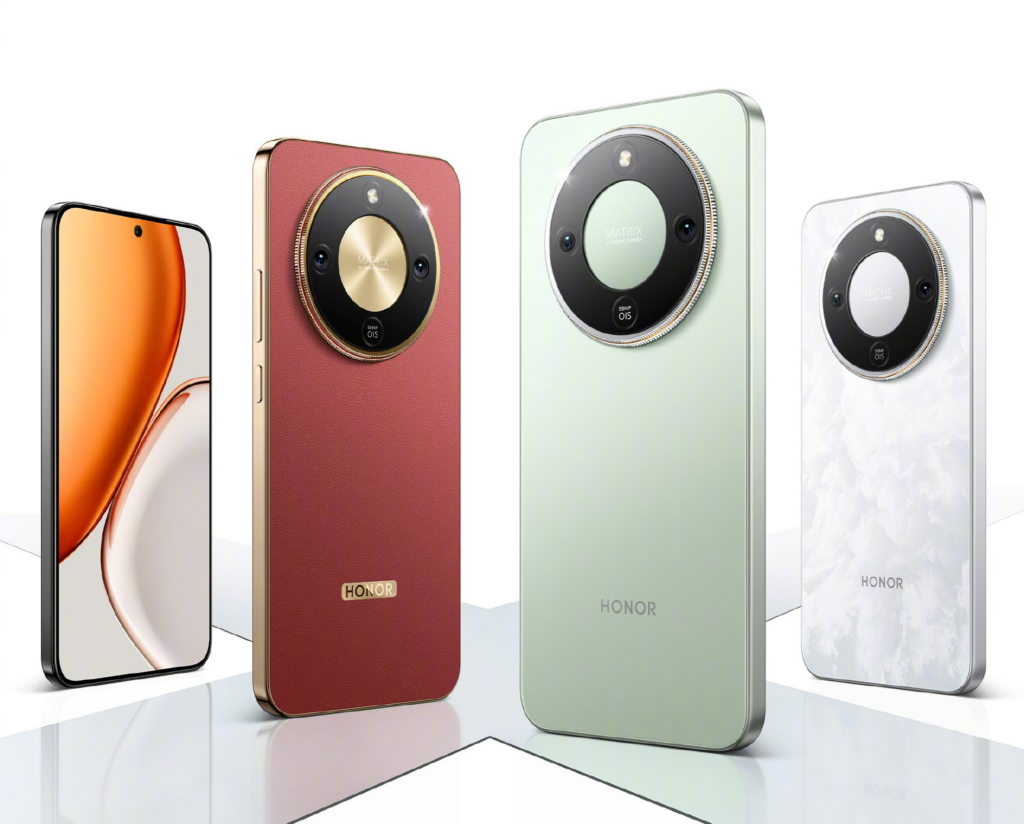The Rise of Massive Smartphone Batteries
Smartphone batteries are getting significantly larger, and 2025 could be the beginning of a new era in mobile technology. A recent leak from China suggests that by 2026, some mainstream smartphones from the country may surpass the 10,000mAh mark, offering battery life that has never been seen before. While Chinese manufacturers are pushing the boundaries, companies like Samsung, Google, and Apple seem to be taking a more cautious approach. There’s at least one major reason for this hesitation.
For context, Samsung’s upcoming flagship, the Galaxy S26 Ultra, is widely rumored to stick with a 5,000mAh battery. This is a stark contrast to what’s being reported from the Chinese market, where battery capacities are increasing rapidly. Over the past year, we’ve witnessed a significant rise in battery sizes across various brands. For example, Honor made headlines with the X70, which featured an impressive 8,300mAh battery in a phone just 7.76mm thick. This was followed by other models such as the Honor Power, which also came with an 8,000mAh battery, setting a new benchmark for mid-range devices.
Innovations in Battery Technology
Other Chinese brands like OnePlus, iQOO, and Xiaomi are reportedly planning to introduce flagship smartphones with battery capacities of 7,000mAh or higher by the end of 2025. This trend shows no signs of slowing down. On July 19, 2025, a well-known leaker named Digital Chat Station claimed on Weibo that a mainstream mid-range phone with a 10,000mAh battery is currently in development for the first half of 2026. This news has sparked interest among tech enthusiasts and industry observers alike.
Big batteries don’t necessarily mean bulky phones. The Honor X70 serves as a prime example, demonstrating that it is possible to have a large battery without compromising on design. Advances in silicon-carbon battery technology have played a crucial role in this development. These innovations improve energy density, allowing for more capacity to be packed into the same space. Additionally, the rumored mid-range phone is said to use a redesigned internal structure, specifically a more compact PCB (printed circuit board), which frees up room for a larger battery.
Design and Engineering Challenges
This approach isn’t entirely new. OnePlus previously teased a similar concept for the 13T, showcasing how a tighter PCB layout can create space for bigger batteries. However, making an already densely packed board even more compact requires significant research and development. It will be interesting to see when Samsung, Apple, or Google finally adopt similar strategies.
While it remains unclear which Chinese brand will make the first move to 10,000mAh, Honor is a strong contender given their recent breakthroughs in this area. With the right combination of innovation and engineering, 2026 could be the year when smartphone battery capacities finally reach five digits.
Industry Trends and Future Outlook
The shift towards larger batteries is not just about extending usage time; it’s also about meeting the growing demands of users who rely heavily on their devices for work, entertainment, and communication. As smartphone features become more advanced, so too does the need for more power. This trend is likely to continue, with manufacturers constantly seeking ways to improve battery efficiency and capacity.
In the coming years, we can expect to see more advancements in battery technology, including improvements in charging speeds, energy storage, and overall device performance. While some companies may take a slower approach, others are clearly pushing the envelope, setting the stage for a future where smartphone batteries are no longer a limiting factor.






